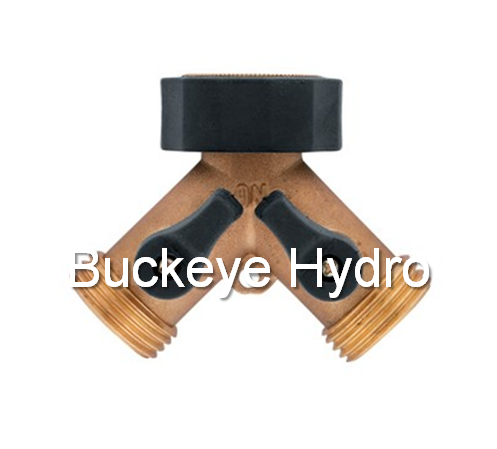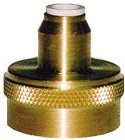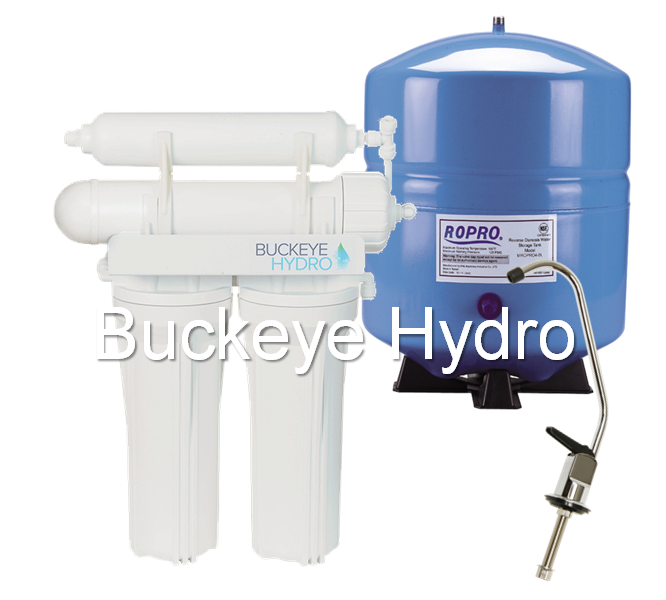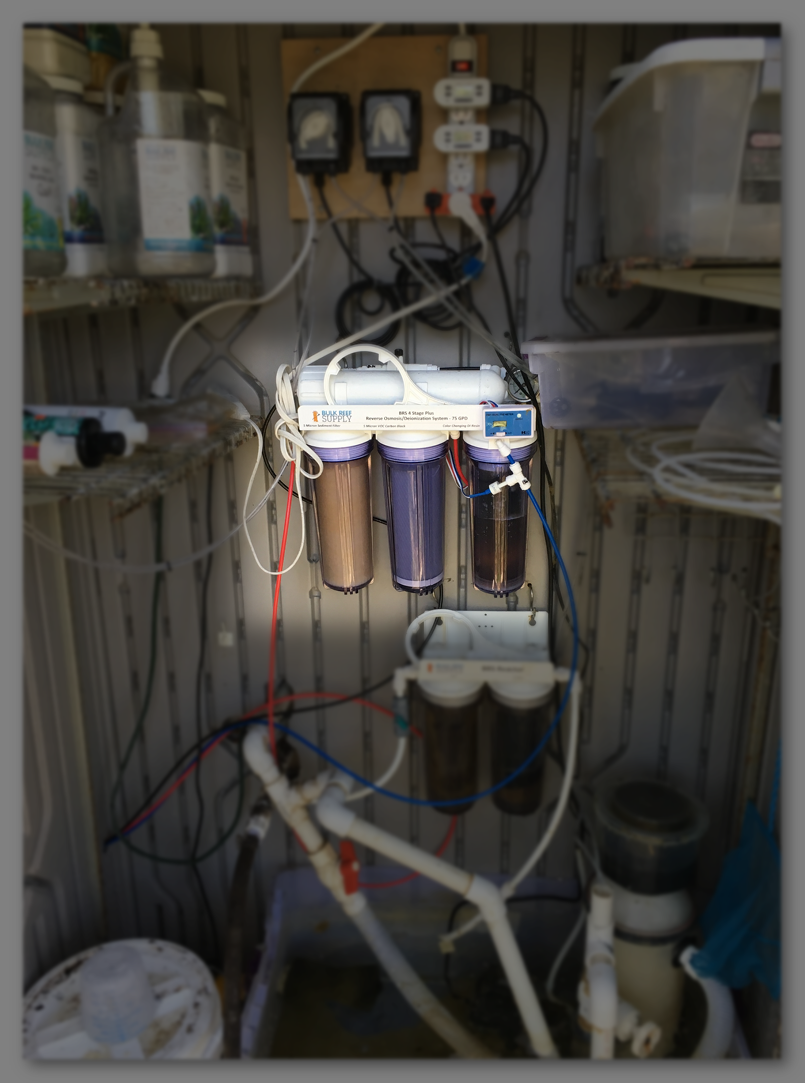brew703
Well-Known Member
Ran my system yesterday. Here's some info:
Water temp: 82 degrees
PSI: 70
2.5 gallons of RO Water to 4 gallons waste water
Took approx 30 minutes to gather
TDS Faucet: 194
TDS RO: 11
RO rejection rate: 94.33%
I think my water temp is playing a part in the rejection rate. Kinda disappointed but appears to be normal. I'll recheck when it cools off down here.
Water temp: 82 degrees
PSI: 70
2.5 gallons of RO Water to 4 gallons waste water
Took approx 30 minutes to gather
TDS Faucet: 194
TDS RO: 11
RO rejection rate: 94.33%
I think my water temp is playing a part in the rejection rate. Kinda disappointed but appears to be normal. I'll recheck when it cools off down here.













![Craft A Brew - Safale S-04 Dry Yeast - Fermentis - English Ale Dry Yeast - For English and American Ales and Hard Apple Ciders - Ingredients for Home Brewing - Beer Making Supplies - [1 Pack]](https://m.media-amazon.com/images/I/41fVGNh6JfL._SL500_.jpg)

















































